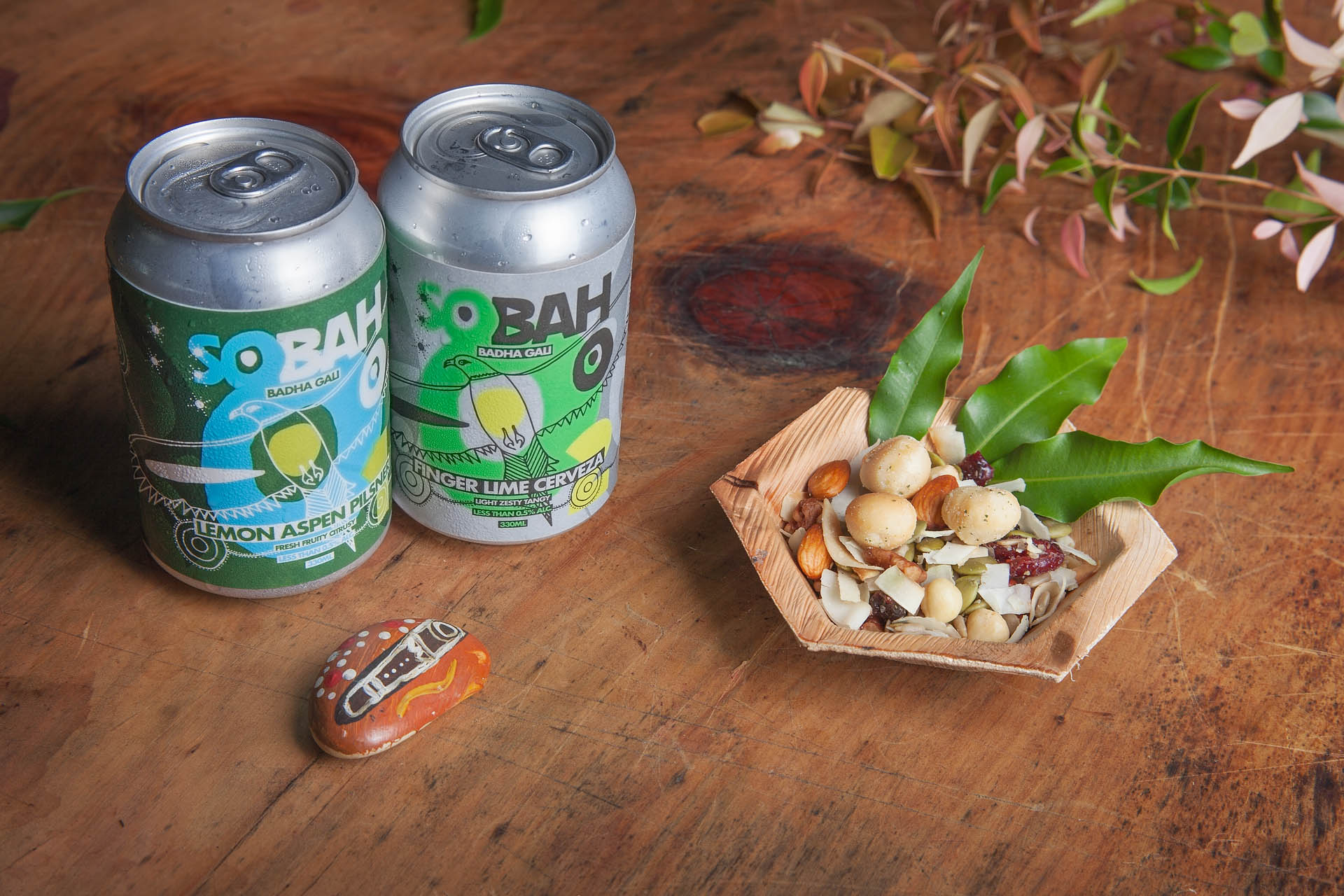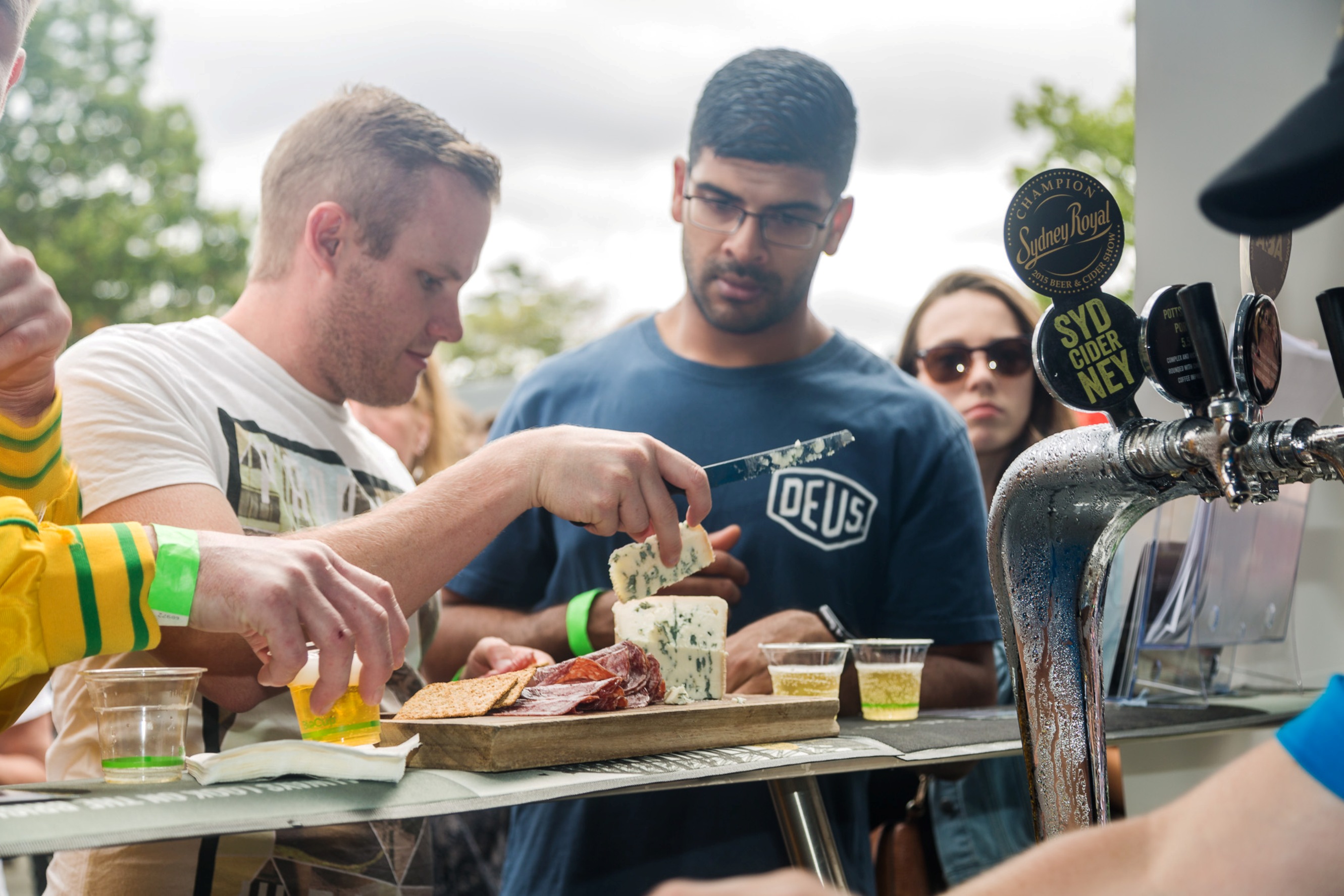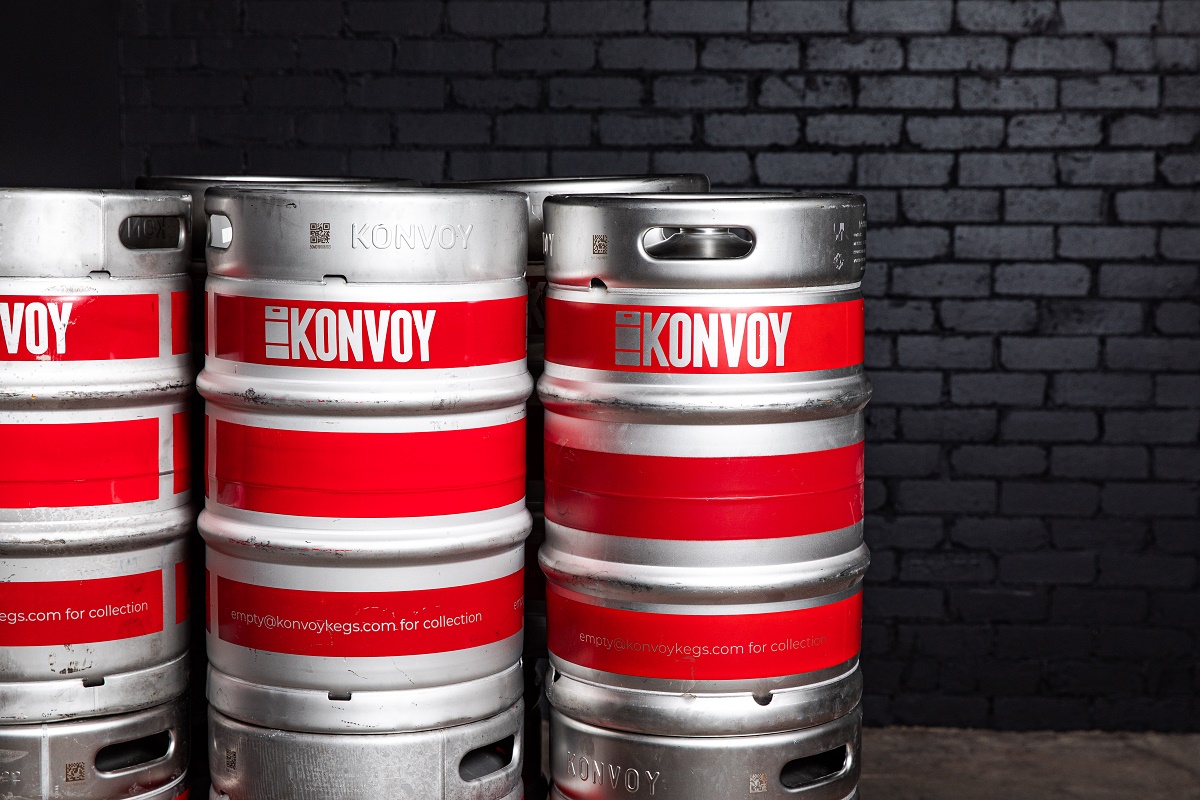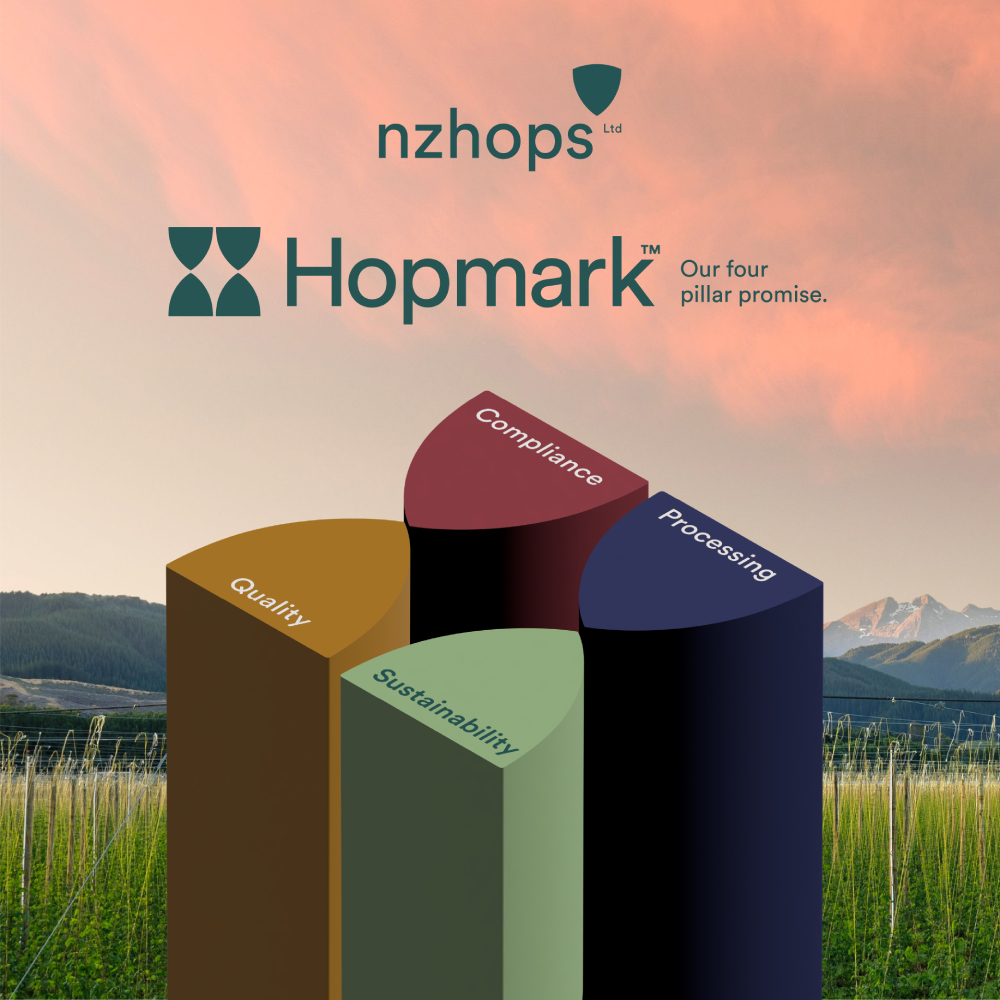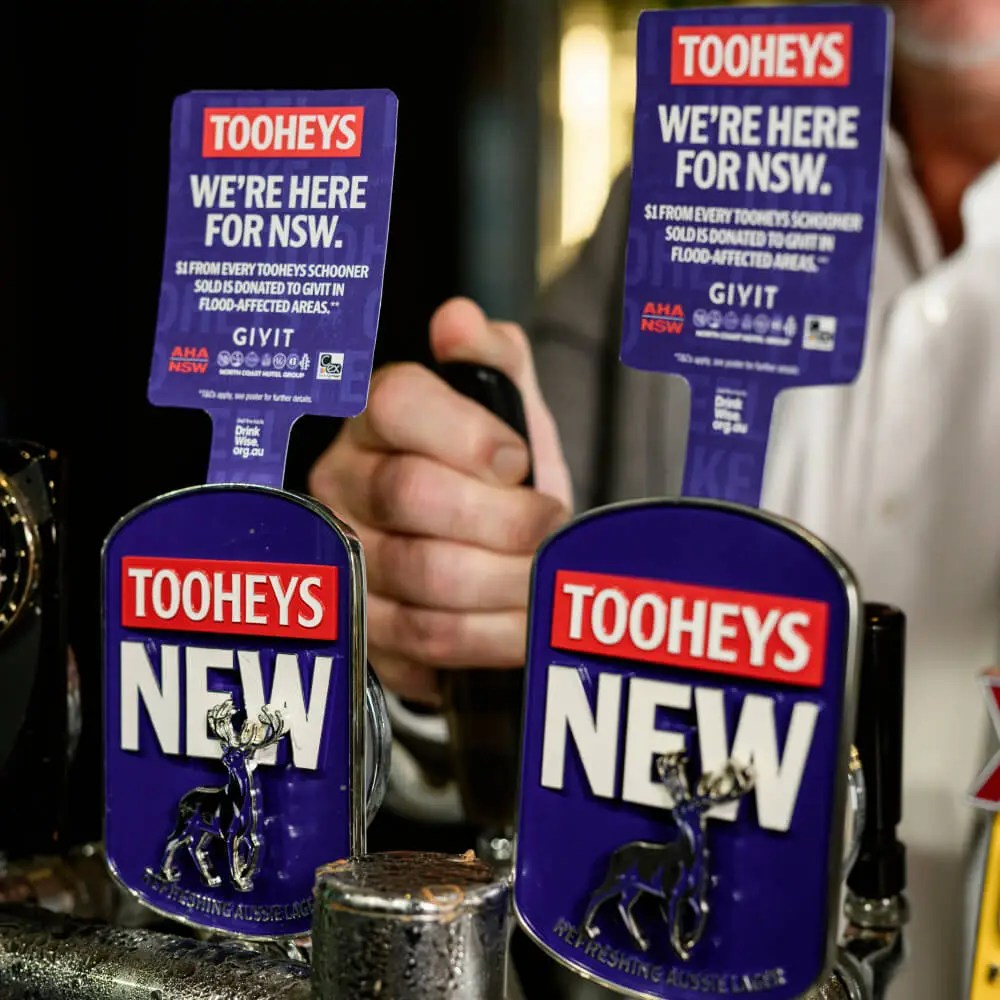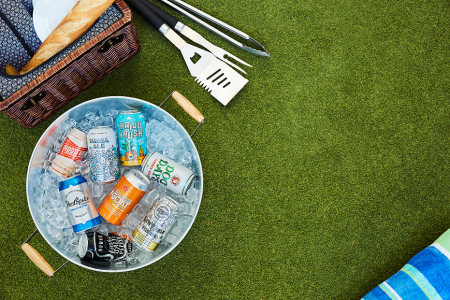
Once viewed as the ugly duckling of the beer world, the humble beer can is finally being embraced by the craft brewing industry. In our Summer 2017/18 issue, Jeremy Sambrooks investigates and met some brewers with a can-do attitude.
‘I never buy beer in cans.’
‘Beer tastes better out of a bottle.’
‘Canned beers taste metallic.’
If you agree with any of these statements, you’re not alone. For a long time, canned beer has had a poor reputation, shackled to the image of frat boys ‘shot-gunning’ tins of cheap American lager. Not helping this was the fact that almost every canned beer available was a cheap, fairly tasteless, mainstream lager. For many, the mere mention of canned beer brings up bad memories of that last, warm mouthful of cheap, metallic-tasting beer.
Recent market trends indicate there has been a fundamental mind shift in drinkers’ attitudes towards canned beer. In the 2017 survey conducted by Beer Cartel, only 29 per cent of drinkers opined that bottles are a better vessel for storing beer, down from 37 per cent in 2016. Cans are now nearly as popular, with 24 per cent of drinkers preferring them and 46 per cent holding a neutral position on the issue.
In the last two years we have seen an explosion of canned craft beers hitting the market. Several breweries have added canned products to their existing range, some have switched from bottles to cans, and some new brewers have entered the market packaging their beer solely in kegs and cans. Some breweries have installed their own canning lines, while others make use of mobile canning facilities such as East Coast Canning or Craft Punks.
HISTORY OF THE HUMBLE BEER CAN
While humans have been brewing beer for millennia, it wasn’t until the 20th century that we thought of putting it in a can. The American Can Company realised that cans would offer breweries advantages over bottles – cutting shipping costs due to their lower weight and providing the marketing departments with a much larger surface area for labelling. However, early in its development the beer can came across a major road block – prohibition. Suggesting that breweries invest in the new type of packaging was a big ask, considering most of their business had been made illegal.
The first brewery to take the risk was the Gottfried Krueger Brewing Company, who in a 1933 experiment, filled 2000 cans with a beer of just 3.2 per cent alcohol (the maximum allowed at the time) and gave them away for a taste test experiment. In 1935, after the end of prohibition, Krueger sold the first ever can of beer, when cans of Krueger’s Finest Beer and Krueger’s Cream Ale went on sale in cans.
The first American craft brewery to put their beer in cans was Oskar Blues in 2002 – truly ahead of the trend. The following decade saw an ever-increasing number of brewers making the switch to cans and it was inevitable that the trend would soon reach Australia, the only question was which brewery would be the first to do it. That honour went to The Australian Brewery from northwest Sydney, who canned their full range of beers in 2012. “At the time it was a pretty divisive decision and we had many conversations with customers about the benefit of cans,” recalls David Ward, Marketing Manager at The Australian Brewery. “We saw what was happening in the states and we wanted to have the best vessel possible to transport our beers around the country and the world.”
The brewery originally packaged its beers in slimline 355mL cans but last year made the switch to more traditional 375mL cans. “We wanted to separate ourselves from the VB tinny, but as the perception of cans in the market changed, we were getting feedback that the cans looked smaller than they actually were,” says Ward. “I got sick of telling people they were bigger than most bottles! After the change we saw a significant increase in off-premise sales.” After five years of using a little Cask system, The Australian Brewery is upgrading to a Palmer canning line which will double their rate of production to keep up with increasing demand.
For the rest of the feature, subscribe to Beer & Brewer here.


